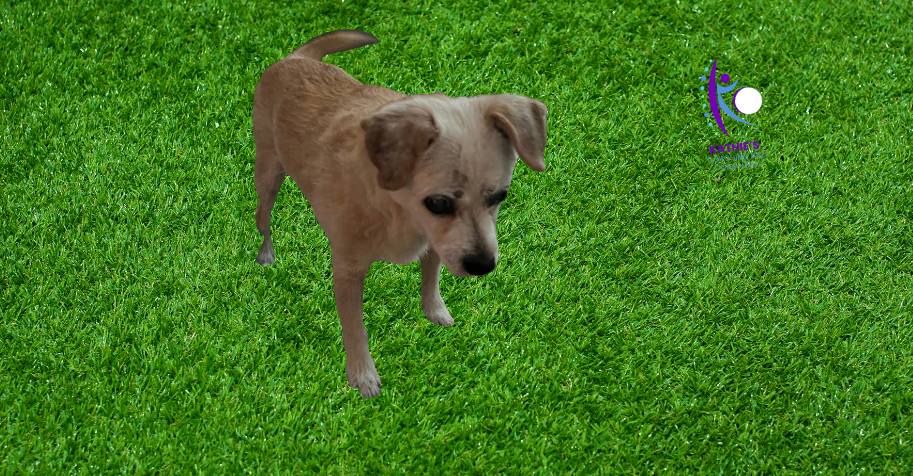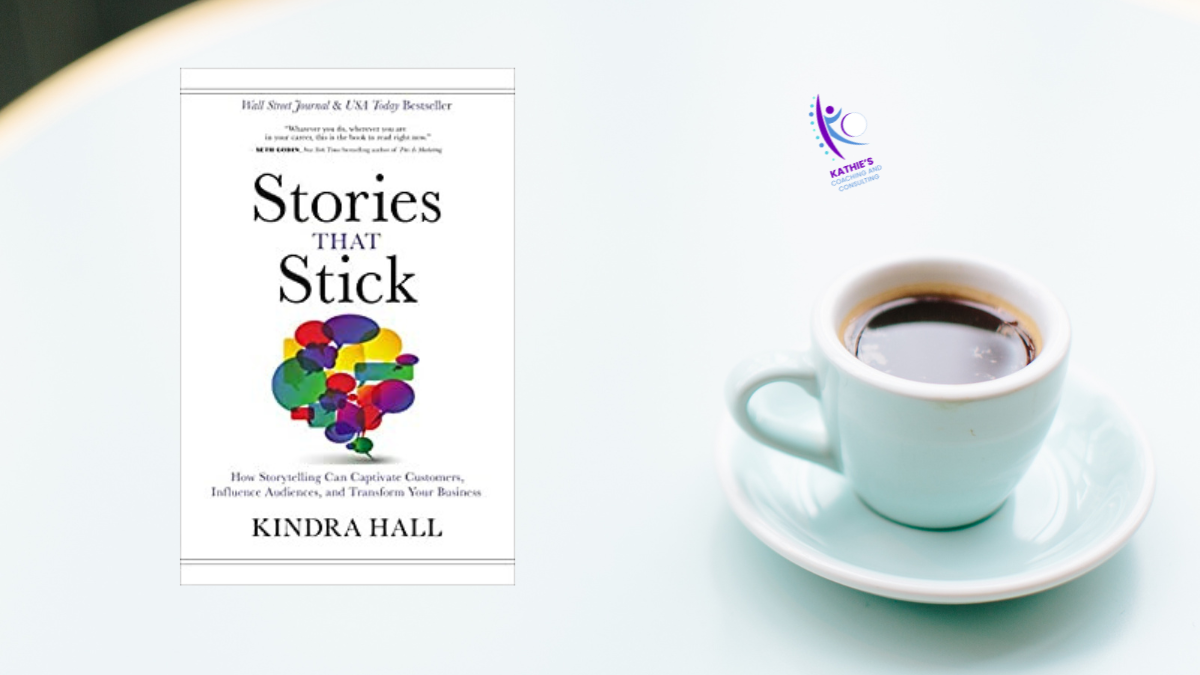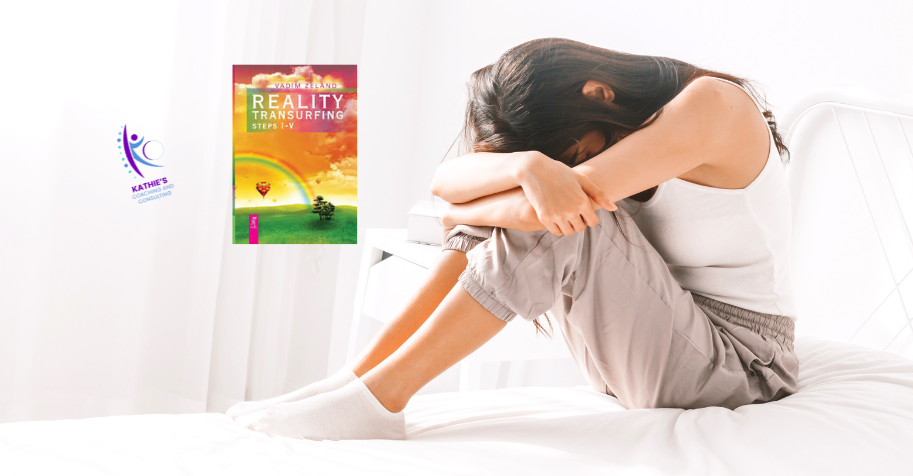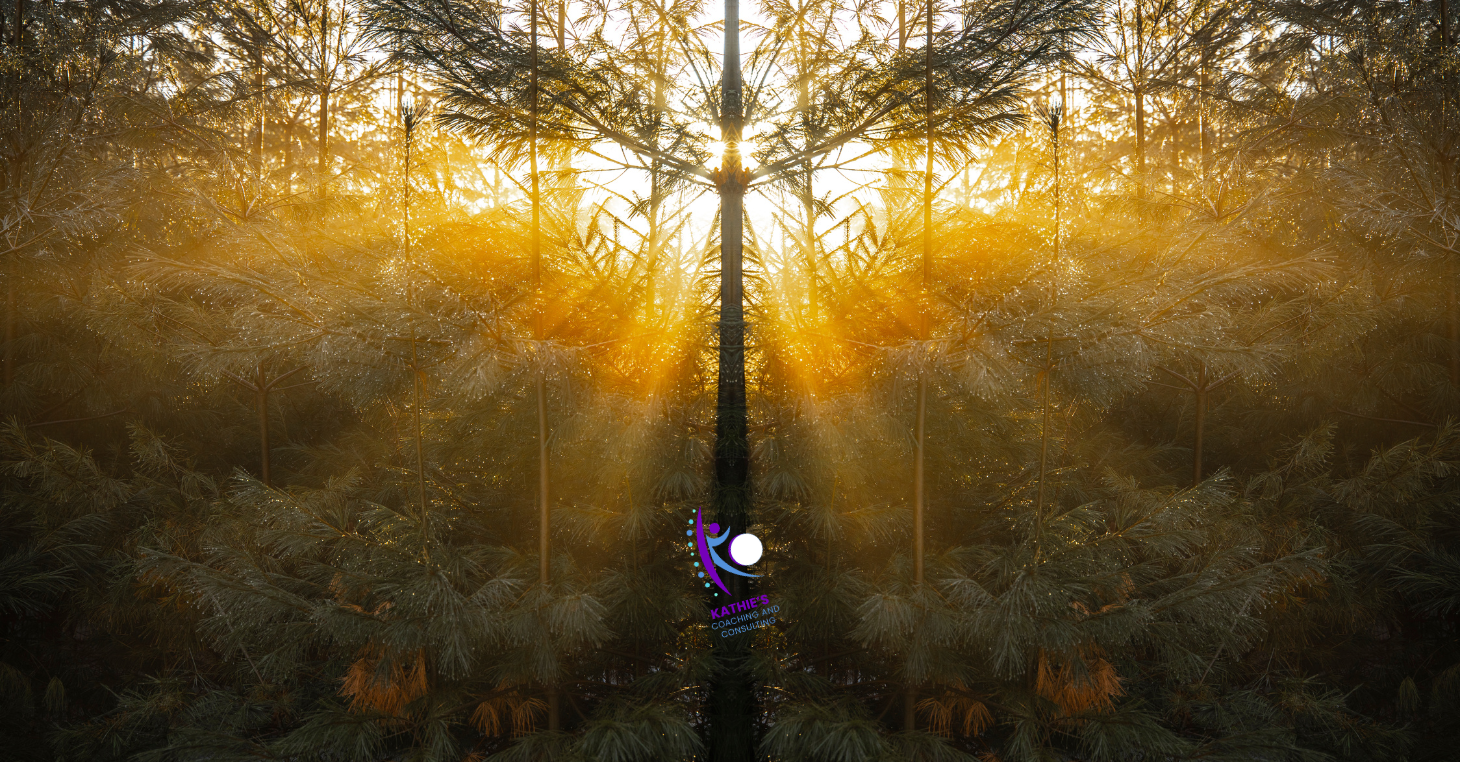Muscle Group of the Week - Lats
The lats play an extremely important role in stabilizing the neck, shoulder, back, and hips.
Think of them as a stability powerhouse throughout your entire system. If the lats aren't strong, we tend to see compensation in movement that leads to pain or injury in any of the above-mentioned areas.
Yet many people still neglect back training and specifically one of the most important muscles for building not only strength and size but staying healthy as well.
And a note to my girls and older adults: don’t worry about getting bulky. We lack the hormones that are needed to do this.
In fact, training, all muscle groups in balance are very important for our posture, balance, and mobility. As well as injury prevention.
The function of the lats
The lats, or latissimus dorsi, are the largest muscles in the upper body and because of that they perform a lot of different functions.
They connect at five different points including the spine, pelvis, ribs, scapula, and upper arm.
They work by adducting, rotating, and extending the arms, as well as pulling the arms back and down towards the hips.
A classic example of the effect weak or undertrained lats can have in lifters is been hunched over.
This is a result of overdevelopment of the chest and shoulder muscles due to performing more pushing than pulling exercises.
Strong lats, strong everything
The lats play a primary role in all strength exercises, even if they aren’t trained directly.
The squat and deadlift may be mostly lower body exercises but the lats play a major role in stabilization. They lats also play a similar role in the bench press.
Squat
During the squat, the lats are used to stabilize the bar on your back, as well as protect the spine and maintain an upright torso.
This has a ripple effect. The healthier your spine, the easier it is to achieve better hip mobility. ⬅️⬅️⬅️
To engage the lats during the squat, rest the bar on your upper traps and try and bend it in half by pulling the elbows down and toward your hips.
Deadlifts
The lats play a similar role in the deadlift as they do the squat. In order to maintain proper position and not round your back, you need to engage the lats, which will help you drop your hips and bring your chest up.
To engage the lats correctly, think of trying to pull your shoulder blades down into your back pockets.
Another good cue is to pretend like you have oranges under your armpits and you’re trying to squeeze the juice out.
Bench Press
Much like the squat and deadlift, during the bench press, the lats work to provide stabilization and help transfer force.
One of the most often overlooked aspects of bench strength is the leg drive. Pro-tip: put your feet on the floor when performing the bench press.
And in order to transfer that force from your legs to your chest, where does it go through? You guessed it, the lats.
In order to engage the lats more during the bench press, you need to tuck your elbows closer to your body instead of flaring them out.
Keeping more of a 45-degree angle helps engage the lats more.
Building Strong Lats
Use the following tips and exercises as part of your back training to specifically target and build strong lats.
Use a Reverse Grip
A reverse grip pull allows the most natural and largest range of motion of all the grip positions.
This also keeps the elbows from flaring out. All this serves to help engage the lats more.
Chin-ups are done with the palms facing towards you. This allows you to get the greatest range of motion of any pull-up variation.
Much like the chin-ups, the reverse-grip variation of these two exercises allows you to get the deepest pull and biggest range of motion.
Equipment caution
It is important to note here that many pulldown machines stop at the top and you can and will damage the equipment if you are not careful.
If your lat pulldown machine does stop before you get the full range of motion you can always move to a cable or functional trainer and sit on the floor to get the same, if not better, work.
Pro-tip: Test your range of motion before beginning on the equipment. If you slam at the top when completing your range it will not work for you. The more weight you have on the equipment the more likely you are to damage the equipment.
Posture caution
It is important to note here that pulling down behind the neck is bad for your posture. The pulldown should be performed where you pull the equipment to your sternum or breast bone.
Once you start to look down and pull behind your neck you put your posture out of alignment and risk injury to your neck, shoulders, and even spine.
Only perform the exercise this way if your doctor, therapist, or trainer has advised you to do so for specific reasons.
Remember posture is everything in strength training.
Mix Up Your Pulldowns
They’re called lat pulldowns for a reason…because they are great for working the lats. But varying how you perform them can attack the lats in different ways.
If you ever trained with me you know I preach hitting the muscles at all different angles. This is great for many reasons including posture, muscle development, and even balance.
A note to my girls and older adults:
The upper body is our weakest muscle group. But that does not mean we should not train it.
In fact, it is imperative for your posture, mobility, and coordination that you train all muscle groups.
And don’t worry, you will not get bulky. As women, and even older adults, we lack the hormones to build muscle in bulk like men.
Some of the best lat exercises are listed below.
Lat pull-down machine
Resistance band lat pull-downs
Straight-arm pull-downs
Hex bar deadlifts
Barbell deadlifts
Dumbbell rows
Landmine rows
TRX suspended rows
Barbell rows
Pendlay rows
Bent-over rows
Cable rows
Single-arm kettlebell rows
Dumbbell pullovers
Wide grip pull-ups
Narrow grip pull-ups
Negative pull-ups
Pull-up hangs
Weighted arm swings
Lateral raises
Kettlebell swings
Medicine ball chops
Chin-ups
Freestyle swimming
Backstroke
Butterfly
Rowing machine
Kayaking
Stand-up paddleboarding
Elliptical trainer with resisted arms
Cross-country skiing




























High-level executives often hire multiple specialists—sleep coaches, therapists, trainers—but conflicting advice creates chaos. The solution? A performance quarterback who coordinates all experts into one aligned system. Real results: better sleep, lower stress, 40% performance boost. #ExecutivePerformance #LeadershipAlignment #HighPerformance #ExecutiveCoaching #POWERProtocol #PeakPerformance #ExecutiveWellness